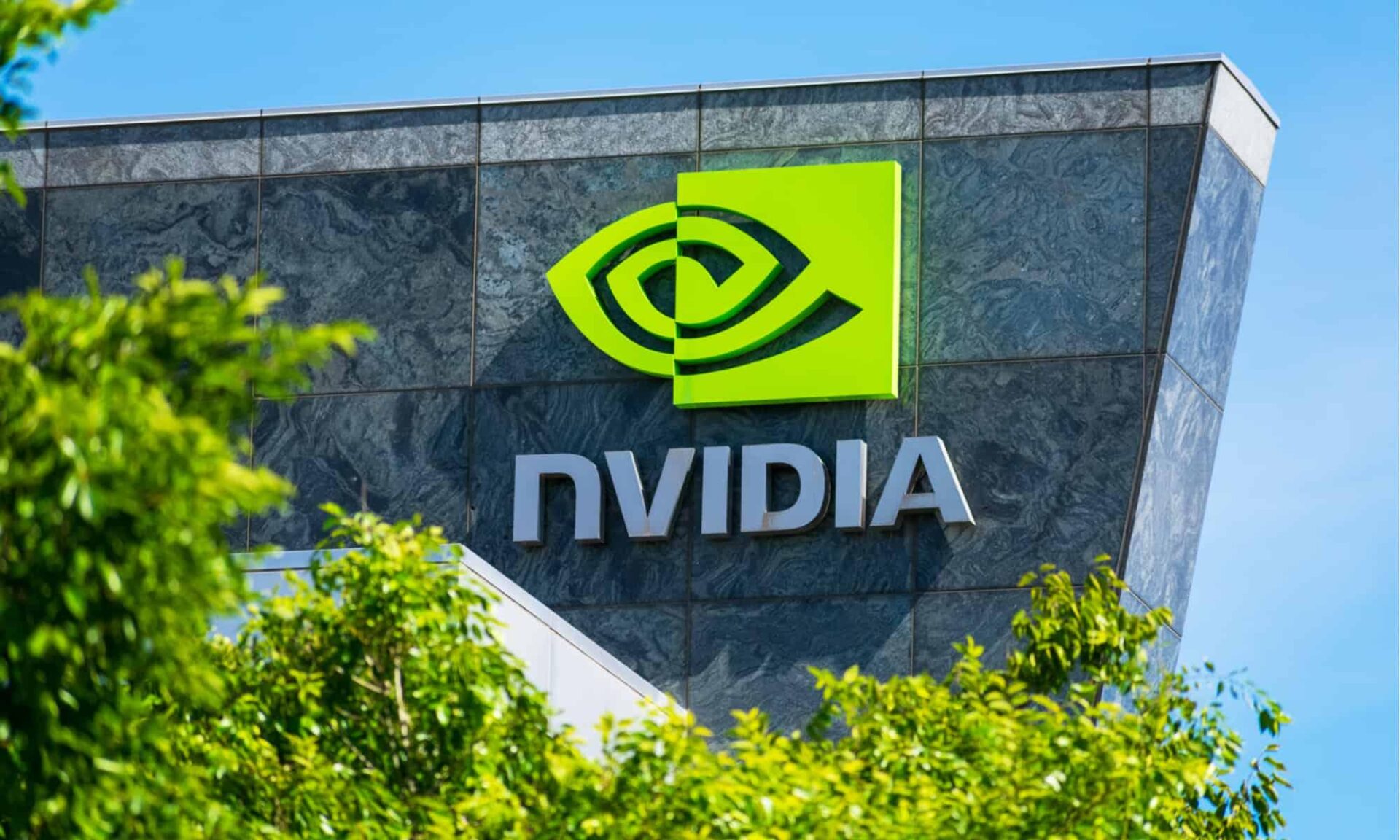Nvidia and AMD’s Strategic Shift in Response to US-China Chip Dynamics
The recent agreement between Nvidia and AMD to allocate 15% of their revenues from chip sales in China to the US government marks a notable shift in the dynamics of the semiconductor industry amid ongoing geopolitical tensions. This decision stems from increasing pressure on tech companies to comply with US regulations geared toward curbing China’s technological advancements in critical areas like artificial intelligence and high-performance computing. By agreeing to this revenue-sharing model, both companies aim to demonstrate their alignment with US policy and to mitigate potential trade repercussions. The move is expected to alter the competitive landscape, influencing pricing strategies and market positioning throughout the semiconductor supply chain.
The implications of this agreement extend beyond immediate revenue concerns, as it reflects an evolving understanding of global supply chains. Companies may now need to reconsider their operational strategies to accommodate compliance with international regulations, which could lead to broader changes in production and distribution. key points of consideration for industry stakeholders include:
- Supply Chain Resilience: Firms will prioritize diversification of supply chains to reduce reliance on specific markets.
- Regulatory Compliance: Companies must navigate a complex web of international regulations as geopolitical tensions shape market access.
- Innovation Strategies: Firms may ramp up investment in research and development to remain competitive while adhering to regulations.

Financial Implications of the 15% Revenue Agreement for Chip Manufacturers
The recently agreed-upon 15% revenue commitment from NVIDIA and AMD to the U.S. government on their sales of chips to China represents a significant financial shift for these companies. Such a stipulation could lead to a considerable reduction in profit margins, triggering a reevaluation of pricing strategies across their product lines. With the escalating costs associated with production, the companies may find themselves compelled to pass on some of these expenses to consumers or scale back investments in research and development, which could ultimately hinder innovation in an already competitive market.
Moreover, the financial implications extend beyond mere revenue sharing. By implementing this agreement, NVIDIA and AMD may also encounter broader market consequences, including potential shifts in demand and supply dynamics. Key considerations include:
- Increased operational costs: Financing the additional revenue share may require cutting expenses elsewhere.
- Competitive positioning: Rivals who do not face similar fees might gain a pricing advantage.
- Market access limitations: This policy could lead to reduced competitiveness in the lucrative Chinese market.
As both companies navigate this new landscape, the ripple effects of this agreement will likely resonate through the semiconductor industry, influencing investment decisions and market forecasts moving forward.

Analyzing the Impact on Market Competition and Innovation
The recent agreement between Nvidia and AMD to pay the U.S. government 15% of their revenue from chip sales to china is poised to reshape the competitive landscape of the semiconductor industry. By imposing this financial burden on two of the largest players in the market, the U.S. aims to curb the influence of Chinese technology firms. This could lead to a clear delineation of market players, forcing companies to innovate at a faster pace or risk losing their foothold in both domestic and international markets. As competition intensifies,smaller firms may find it challenging to compete with the financial and technological heft of Nvidia and AMD,potentially stifling diversity in the market.
Furthermore, the agreement could incentivize choice supply chains and encourage investments in domestic chip manufacturing. Companies may redirect their focus towards developing proprietary technologies that enhance efficiency and performance, thus fostering an habitat ripe for innovation. Key strategies that may emerge include:
- leveraging AI technologies: Firms will likely invest in AI to optimize chip design and production processes.
- Collaborative research initiatives: Partnerships between academia and industry could become more prevalent, driving cutting-edge research.
- Focus on sustainability: Companies might prioritize eco-friendly manufacturing practices as a competitive differentiator.
As these dynamics unfold, the overall impact on market competition and innovation will be a critical area of observation, reshaping the strategies of existing chip manufacturers and influencing new entrants into the sector.

Recommendations for Companies Navigating Evolving Trade Regulations
As the landscape of international trade regulations continues to shift, companies in the semiconductor industry must proactively reassess their strategies to remain compliant and competitive. Engaging with the evolving regulatory framework surrounding exports to key markets like China is crucial. To navigate these changes effectively, organizations should consider the following approaches:
- Regular Compliance Audits: Conduct thorough assessments of current practices against the latest regulations to identify potential risks and gaps.
- Stakeholder Engagement: Maintain open lines of dialogue with regulators and industry associations to stay informed on upcoming changes and best practices.
- Diversification of Markets: Explore opportunities in emerging markets to mitigate the risks associated with reliance on specific countries affected by trade regulations.
- Establish Robust Legal Frameworks: Collaborate with legal experts to develop compliance structures that can adapt to new rules swiftly.
Furthermore, fostering a culture of innovation can help companies not only in complying with regulations but also in circumventing them creatively. Companies can benefit significantly from investing in technology that enhances efficiency while aligning with compliance measures. Here are additional strategies to consider:
- investing in Research and development: Prioritize R&D to create unique products that may not fall under restrictive regulations.
- Building strategic Partnerships: Collaborate with other firms to share insights and resources that can lead to better compliance solutions.
- Training and Development: Implement training programs for employees to enhance their understanding of compliance and the importance of regulatory adherence.
- Scenario Planning: Develop multiple business scenarios to prepare for varying outcomes of regulatory shifts, enabling quicker responses.
